US M113 Okinawa Sheild cupola set (for M113 1/35)
13,70€
In stock

*Please check our Privacy Policies to see how to we use your personal data.
*Por favor revisa nuestra Política de Privacidad para ver como tratamos tus datos personales
ENGLISH
ESPAÑOL
- M113 Okinawa shield cupola set for US Army/ROK Army in Vietnam war
- Reproduce the unique type of M113 cupola with Okinawa shield applied
- With front shield used by the ROK Army
- Not included Cal..50 gun parts
- For 1/35 M113 APC kit
- Total 4 resin parts, 1 PE plate and 1clear sheet for vision block
- M113 Okinawa shield cúpula para ejército de EE. UU. / Ejército de la República de Corea en la guerra de Vietnam
- Reproduce el tipo único de cúpula M113 con el escudo de Okinawa aplicado
- Con escudo frontal utilizado por el ejército de la República de Corea
- No incluye piezas de pistola Cal.50
- Para kit APC 1/35 M113
- Total de 4 piezas de resina, 1 placa de PE y 1 hoja transparente para bloque de visión



"Exclusive Product Walk Around"
Additional information
| Weight | 0,1 kg |
|---|---|
| Dimensions | 20 × 20 × 10 cm |
| Scale | 1/35 |
| Complements | Aftermarket |
| Product | |
| Pack | Single |
| Theme | AFV, Military |
| Army | USA |

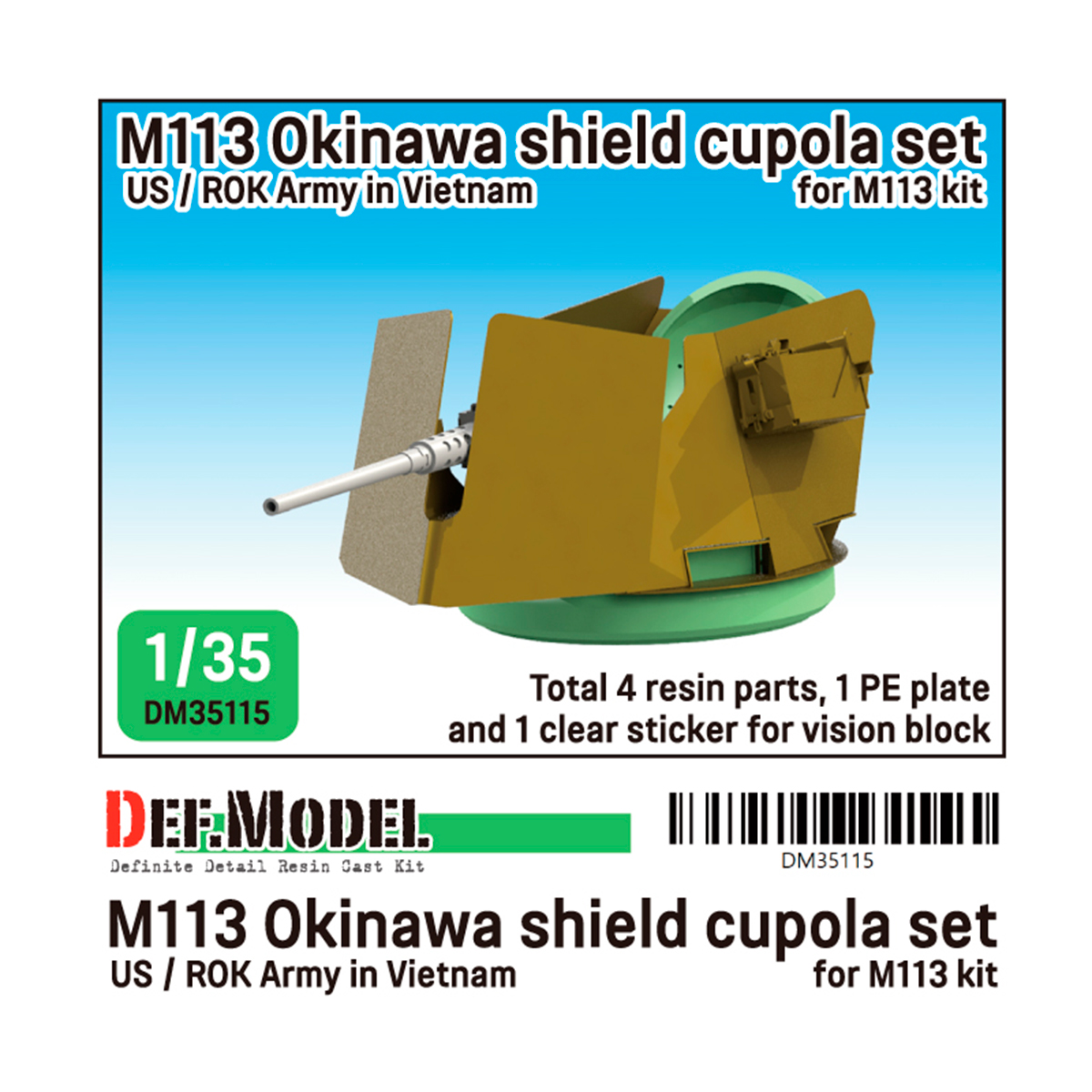
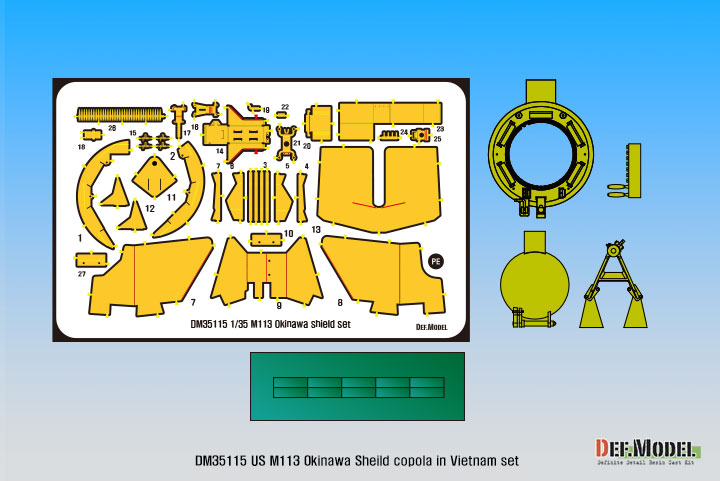
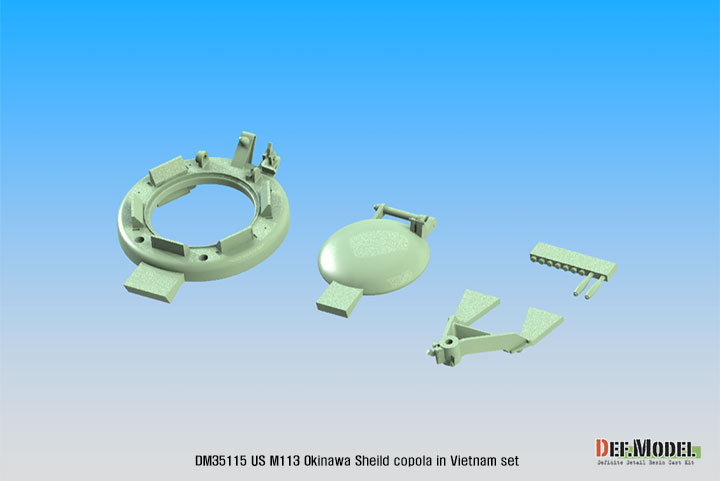
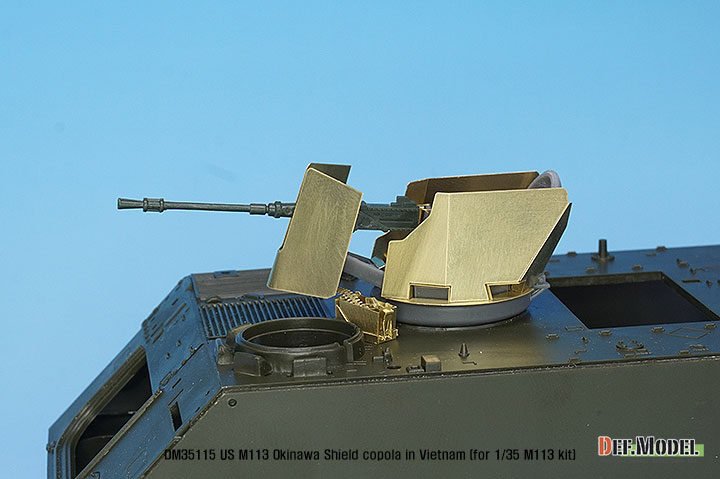
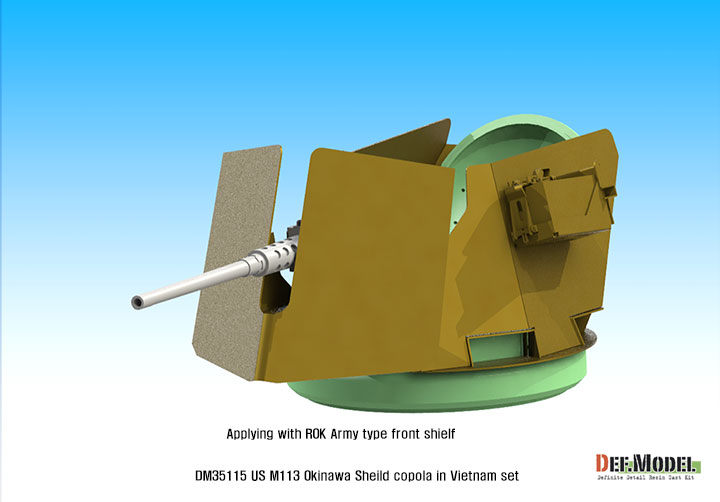
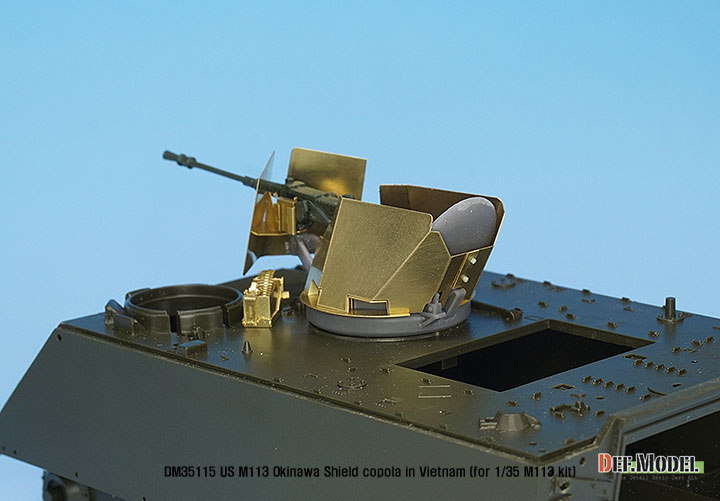
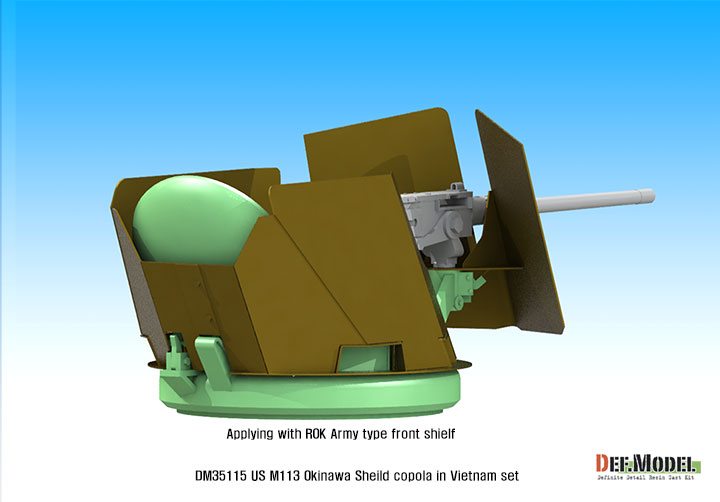
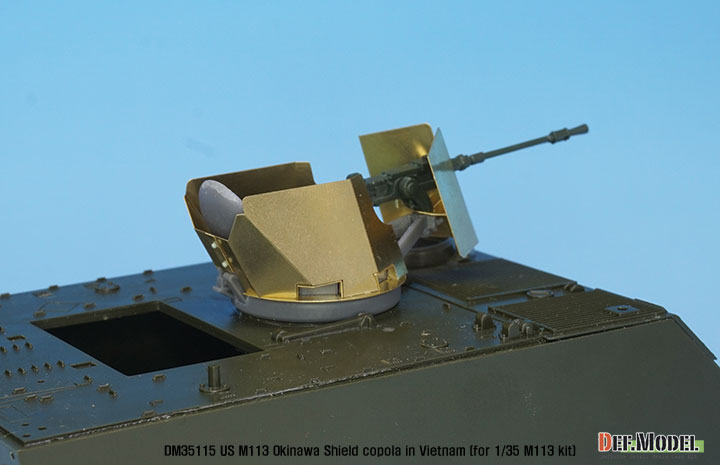
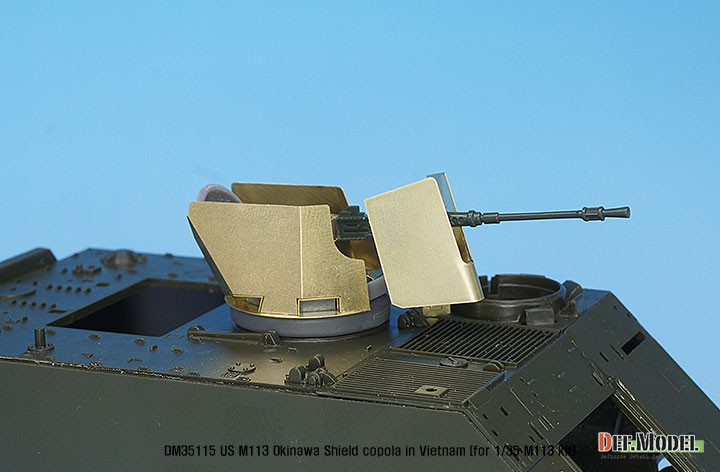
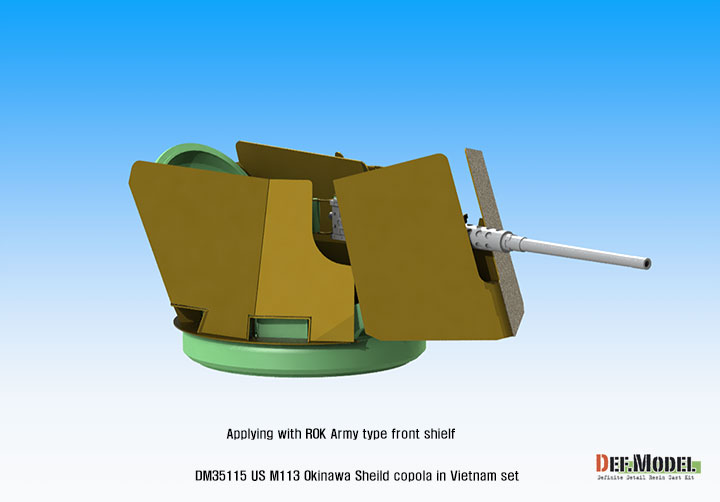
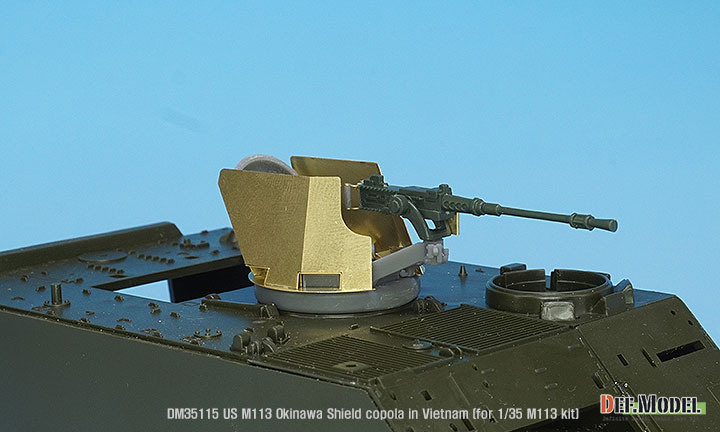
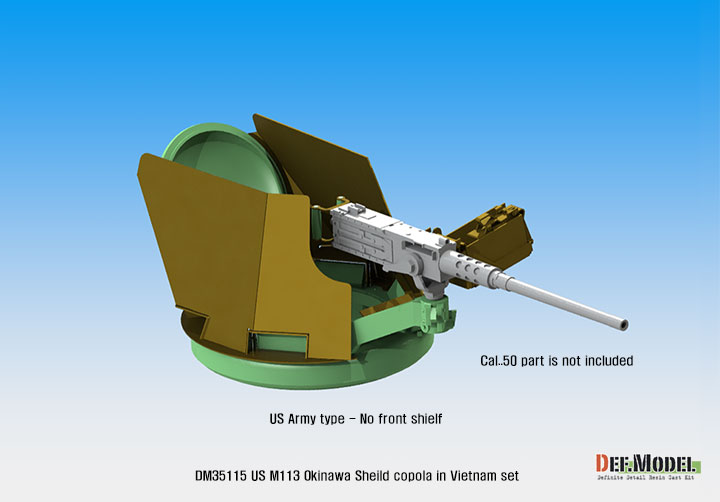


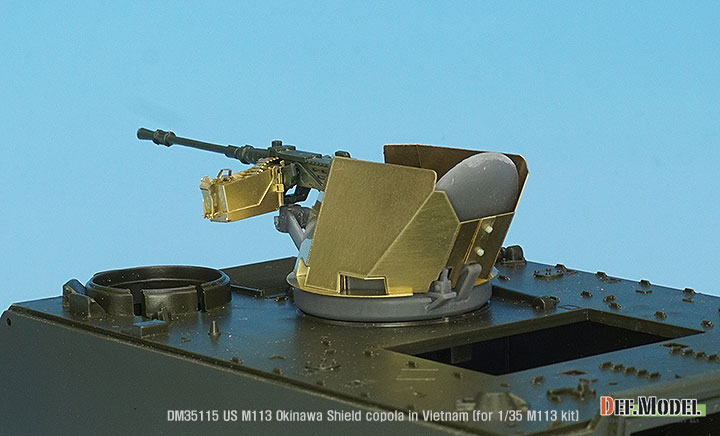
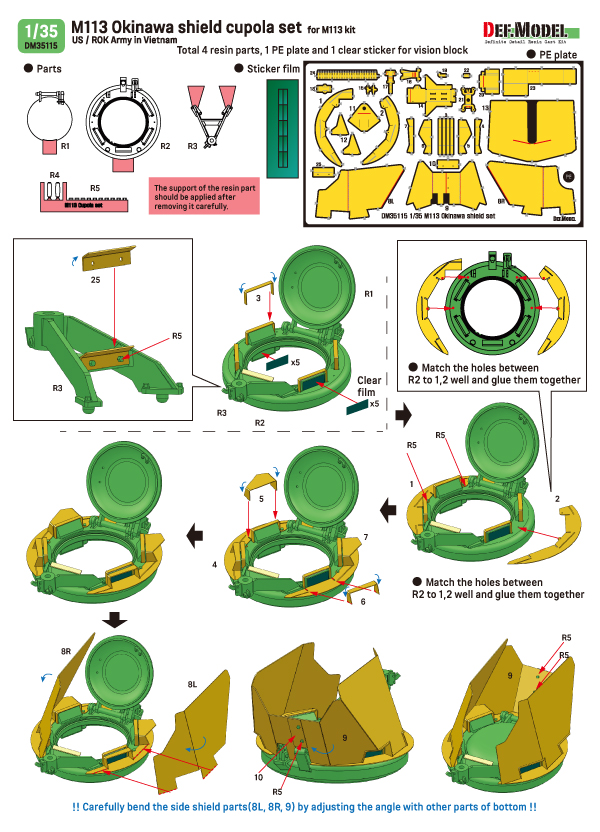
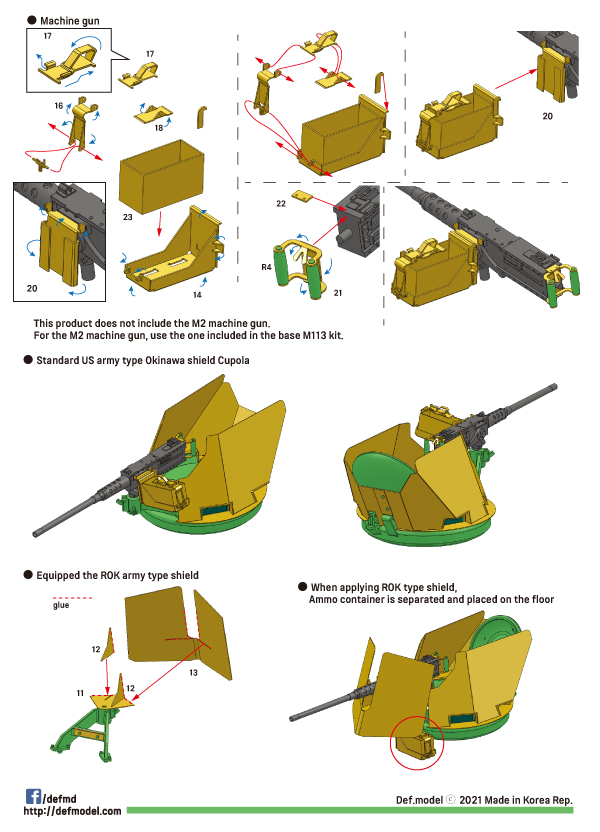
 Request of SDS product data file / Product security
Request of SDS product data file / Product security